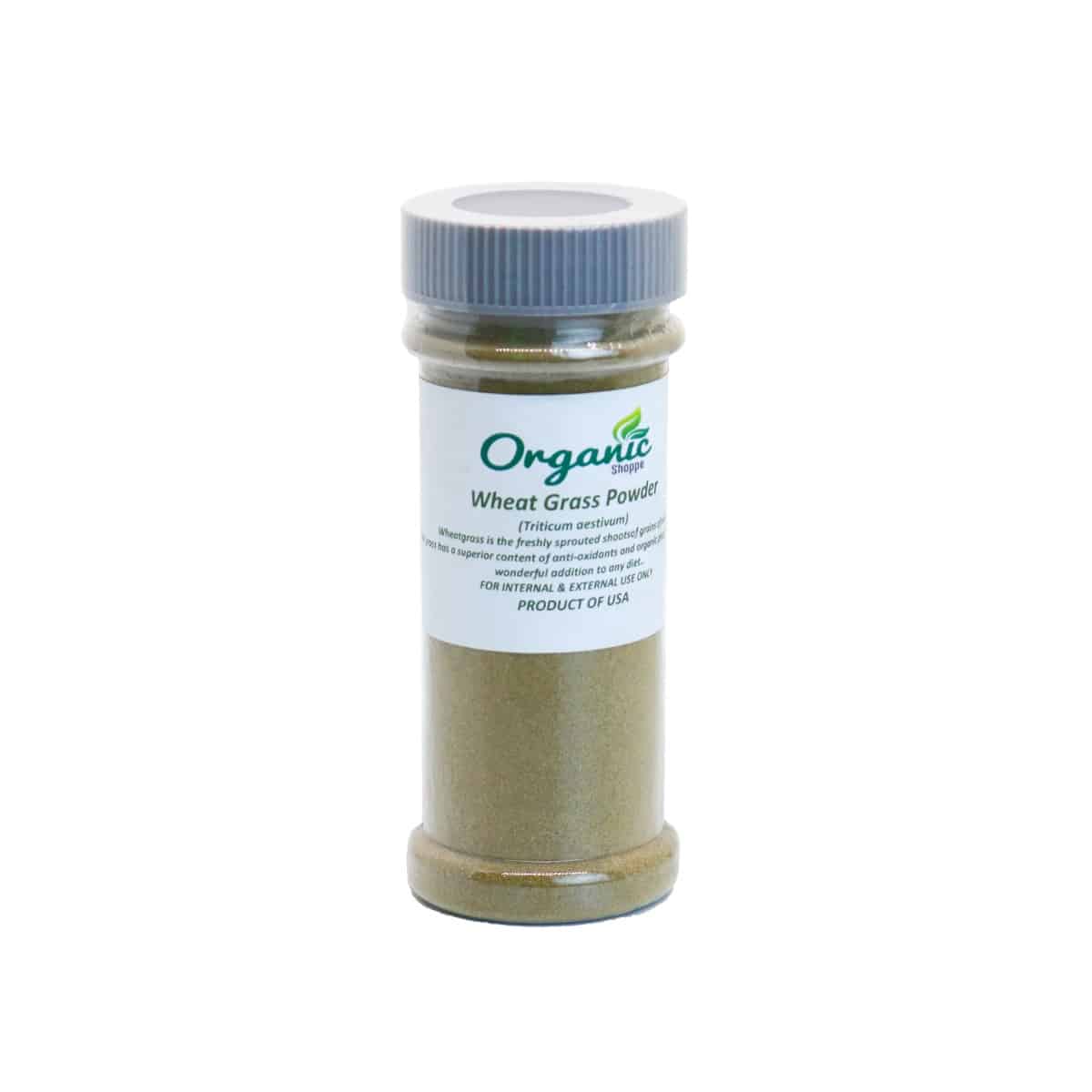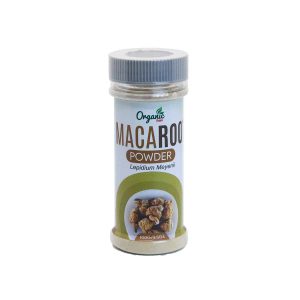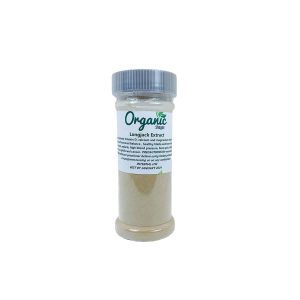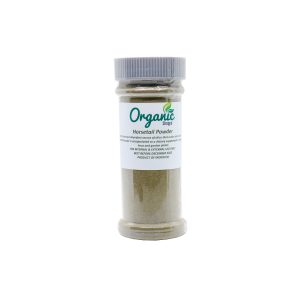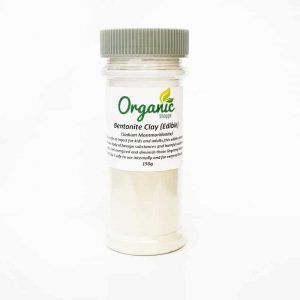Wheatgrass is sprouted from the seed, technically called cotyledon, of the common wheat field plant but lacks gluten protein. Wheatgrass is consumed as a dietary supplement because it is highly nutritious. Compared to other greens, wheatgrass contains more protein, vitamin E and phosphorus that either broccoli or spinach. The powdered herb is often encapsulated, or added in small amounts to smoothies, soups and other foods.
Wheatgrass is the result of centuries of the cultivation of agropyrons, perennial wild grasses of temperate and cool regions. Its absolute place of origin is obscured, but was likely within the Fertile Crescent, the Tigris-Euphrates basin. Carbonized grains dating from 6750 BC have been found in Iraq. Similar findings have been located in eastern Mediterranean countries. The cultivation and use of wheat spread throughout Europe before the Stone Age.
Wheatgrass is one of richest sources of chlorophyll. Chlorophyll is produced as sunlight charges and excites the electrons in plant chloroplast cells. This energy is stored as adenosine triphosphate which, in turn, converts carbon and water into carbohydrates and releases oxygen into the atmosphere. Chlorophyll, sometimes referred to as the blood of plants, is chemically related to hemin, the red iron-rich, oxygen-carrying component of human blood.
Dried wheatgrass contains 47% protein, three times that of beef. Wheatgrass powder is the readily-available dried form containing the plant’s valuable nutrient properties and has a reliable, extended shelf-life.

